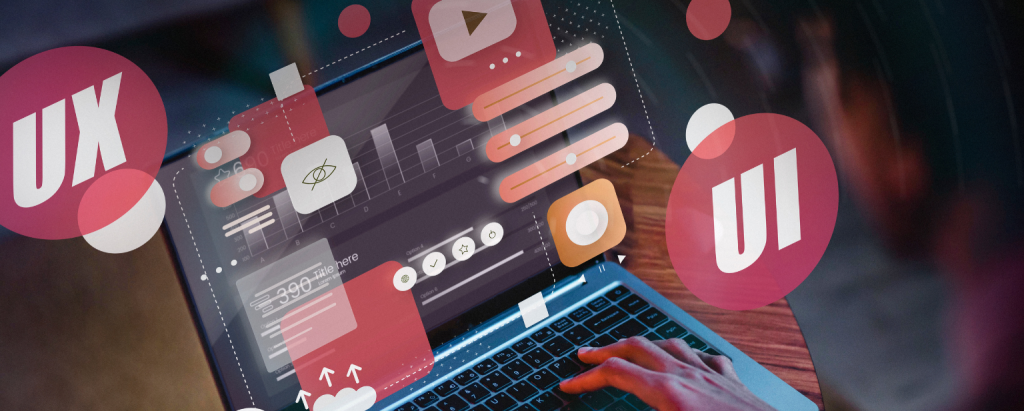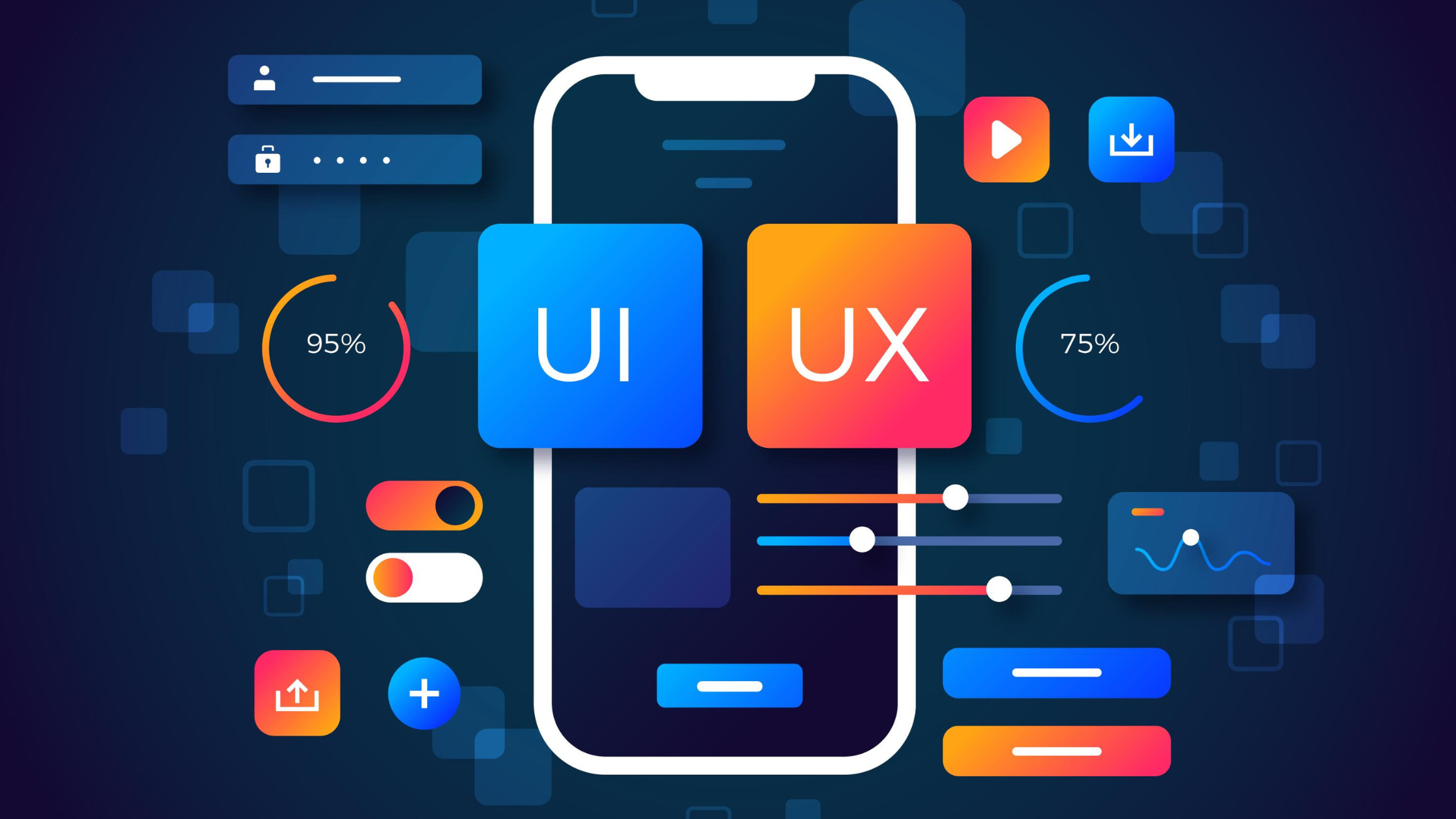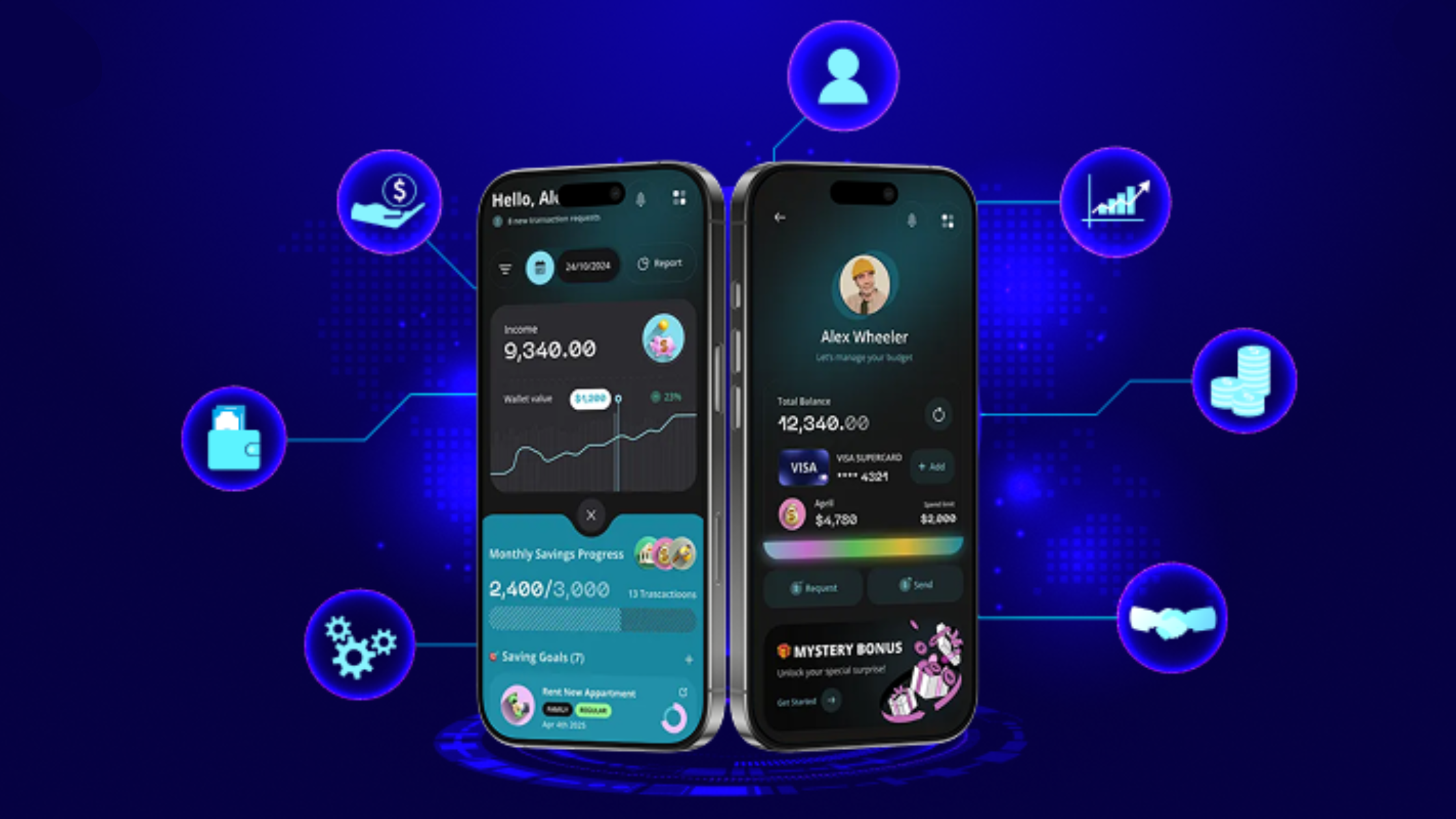As the digital world evolves, the expectations of users are rising rapidly. Businesses can no longer afford to rely on outdated design methods. To stay relevant and competitive, having a forward-thinking UX design strategy is essential.
2025 will be a defining year for UX/UI design, with emerging technologies, shifting user behaviors, and rising demands for seamless, intuitive experiences. Here, this article explores the key UX/UI design trends that will shape the future of user experience and how strategic planning can ensure long-term success.
1. Hyper-Personalization in UX Design
One-size-fits-all is no longer effective. With data becoming more accessible and AI models more refined, hyper-personalization is leading the way. Tailoring digital experiences based on user behavior, preferences, and context will be at the heart of effective UX design strategy in 2025.
How this impacts UX: From custom dashboards to product recommendations, interfaces will evolve in real time to meet individual user needs resulting in deeper engagement and increased retention.
2. AI-Driven UX Decisions
Artificial intelligence is transforming how we design, test, and improve digital interfaces. AI-powered tools can now analyze user interactions, generate wireframes, and even suggest content layouts based on performance data.
Strategic advantage: Design decisions backed by AI reduce human bias and lead to faster iterations and more user-centric outcomes. Expect AI to become an essential aspect of UX resources.
3. Conversational and Voice-Enabled Interfaces
Voice and chat-based interactions are becoming mainstream, especially with the growing use of virtual assistants and smart devices. UX strategies must now account for voice-first and conversational interfaces as a standard component.
Why it matters: Designing for voice interaction requires new thinking—like creating intuitive flows without relying on visuals. Natural language processing and conversational UX will play a bigger role in enhancing accessibility and efficiency.
4. Micro-Interactions That Enhance Engagement
Small details make a big difference. Micro-interactions such as button animations, subtle haptic feedback, and visual transitions can create intuitive experiences that feel responsive and polished.
UX strategy tip: Well-designed micro-interactions can guide user behavior, provide feedback, and reinforce positive actions—all of which contribute to a more satisfying user journey.
5. Augmented Reality (AR) Integration
AR is no longer limited to entertainment. In 2025, AR will play a significant role in sectors like retail, education, healthcare, and real estate. Integrating AR into UX/UI design adds a new layer of interactivity that enhances user engagement.
Design challenge: UX design strategies will need to shift from flat screens to spatial thinking, taking into account how users interact with content in their physical surroundings.
6. Ethical and Inclusive UX Design
Users are increasingly concerned about privacy, accessibility, and ethical data usage. A future-ready UX design strategy must address these concerns head-on.

Key components:
- Clear data usage policies and opt-ins
- Accessibility for users with disabilities
- Designs that minimize cognitive load and decision fatigue
Strategic outcome: Trust, inclusivity, and transparency are not just ethical choices—they’re essential for brand loyalty and user satisfaction.
7. Minimalist Design with Functional Focus
Minimalist design continues to dominate, but in 2025, minimalism will be functional, not just aesthetic. It’s about presenting only what matters, simplifying decision-making, and reducing visual clutter.
Best practices:
- Prioritize content hierarchy
- Eliminate unnecessary steps
- Use whitespace strategically to enhance readability
This approach not only improves usability but also aligns with SEO and mobile-first performance goals.
8. Cross-Platform Continuity
Users interact with products across multiple devices—phones, laptops, tablets, smartwatches, and beyond. A consistent experience across all platforms is essential.
UX strategy focus: Ensure fluid transitions and synced experiences. Whether a user starts an action on mobile and completes it on desktop, the journey should feel seamless and intuitive.
9. Emotional and Story-Driven Design
Storytelling isn’t just for marketing—it’s becoming a powerful UX tool. Emotionally intelligent design builds stronger connections and makes experiences more memorable.
Implementation ideas:
- Use animations to simulate narrative progress
- Introduce storytelling elements in onboarding or walkthroughs
- Match emotional tone with visual style and messaging
This design trend leverages psychology to create deeper user engagement.
10. Data-Informed Design Strategy
Analytics are no longer just for marketing. Designers now rely on data from user sessions, heatmaps, A/B testing, and funnel analysis to inform UI decisions and validate assumptions.
Benefits:
- Eliminate guesswork in the design process
- Continuously optimize user flows and touchpoints
- Validate designs based on real-world behavior
A strong UX design strategy always balances creativity with performance metrics.
Designing for 2025 and Beyond
The future of UX/UI design is user-driven, tech-enhanced, and strategy-led. Businesses and designers must embrace change—not just by following trends, but by understanding their purpose and integrating them into a long-term vision.
From AI-enhanced personalization to ethical design practices and AR experiences, a forward-thinking UX design strategy ensures that digital products stay relevant, competitive, and loved by users.
The key is to design with intent, backed by data, and driven by empathy—creating digital experiences that aren’t just functional, but truly transformative.
The Future of UX Strategy Is Intentional
UX/UI design in 2025 is more than interface aesthetics—it’s about strategic experiences, backed by data, designed for emotion, and built for change. Whether you’re a startup or an established brand, implementing a future-focused UX design strategy can give you a significant competitive edge.
At Diginnovators, we specialize in crafting UX strategies that are:
- Human-centered
- Performance-driven
- Scalable for tomorrow’s technologies
Let’s design the future—together.
Need Expert Help with Your UX Design Strategy?
Partner with Diginnovators and discover how smart design can elevate your brand, boost engagement, and drive business growth.







